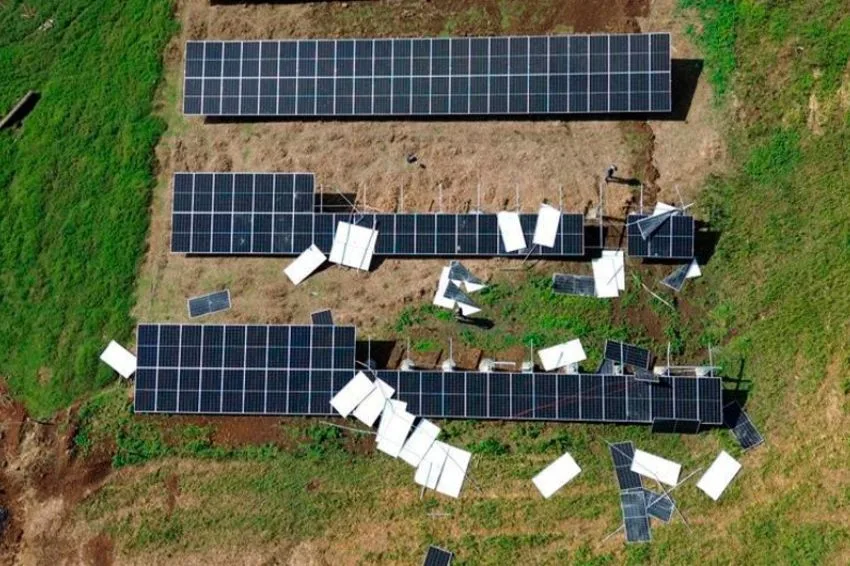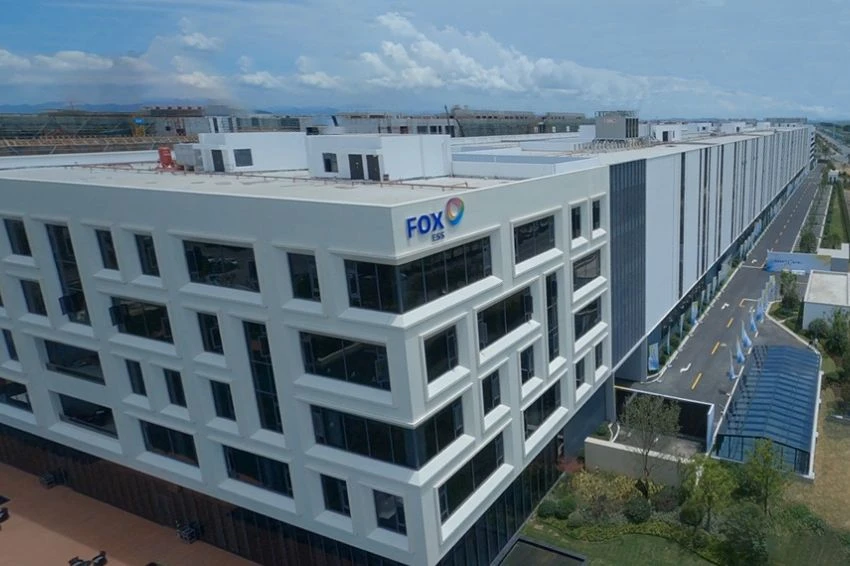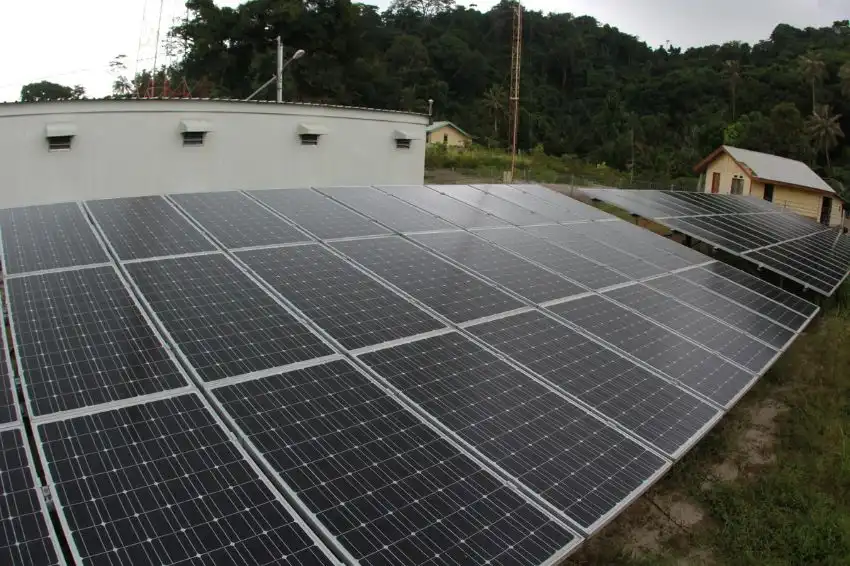On August 11th, it was published in the specialized press and on social networks that in a meeting held at the Ministry of Mines and Energy (MME), parliamentarians and associations in the electricity sector.
Among them, the Brazilian Association of Distributed Generation (ABGD), of which we are part, with Einar Tribuci being the entity's Tax Director, reached an agreement around the so-called Legal Framework for Distributed Generation (GD).
The approved text, which will replace Bills No. 5,829/19 and No. 2,2152020, establishes the maintenance of the current distributed generation rules (REN 482) until December 2045 for projects already installed and for those that will be installed within the deadline 12 months from the publication of the Law originating from the substitute.
Although the substitute brings several important changes from a regulatory point of view, we consider it interesting to also highlight other points in the substitute that deal with corporate legal and capital market concepts that are quite expensive for distributed generation, including the definition of a consortium of electricity consumers .
Consortium of electricity consumers
In relation to this point, we first highlight that the consortium referred to in art. 1st, inc. VII of REN ANEEL nº 482/2012 is the consortium of companies, defined in art. 278 of Law No. 6404/76, the Corporation Law
In the table below, we compare item III of art. 1st of PL 5,829/19, which defines a consortium of electricity consumers, with the aforementioned article of the Brazilian Corporation Law, which defines a consortium of companies:
| Substitute | Law 6404/76 |
|
III – Consortium of electrical energy consumers: characterized by the meeting of natural and/or legal entities (sic) consumers of electrical energy established to generate energy for their own consumption, with all consumer units being served by the same distributor.
|
Art. 278. Companies and any other companies, whether under the same control or not, may form a consortium to carry out a given project, subject to the provisions of this Chapter. § 1 The consortium does not have legal personality and the consortium members are only bound under the conditions set out in the respective contract, each responding for its obligations, without the presumption of solidarity. |
It should be noted that the substitute innovates in relation to the definition of consortium set out in the Corporations Law by determining that the consortium of electricity consumers may be composed of individuals and legal entities, and not just by societies.
In our opinion, the wording of item III of art. 1st of the substitute should not be maintained in this way after the beginning of its approval process in the national congress due to the obvious conflict with art. 278 of the SA Law
If the aforementioned item is approved with its current wording, we envisage potential conflict with Commercial Boards, which may refuse to register consortiums of electricity consumers made up of individual consumers due to the provisions of art. 278 of the Brazilian Corporation Law
Shared generation
Another relevant innovation brought by the substitute is the expansion of the legal entities that can participate in the Electric Energy Compensation System (SCEE) in the shared generation modality in relation to the provisions of item VII, of art. 1st of RN ANEEL nº 482/2012.
| Substitute | RN ANEEL nº 482/2012 |
| X – Shared generation: characterized by the gathering of consumers through a consortium, cooperative, civil, voluntary or building condominium, or any other form of civil association, established for this purpose, composed of individuals or legal entities, who have a consumer unit with microgeneration or distributed minigeneration, with the consumer units being served by the same distributor.
|
VII – Shared generation: characterized by the gathering of consumers, within the same concession or permission area, through a consortium or cooperative, composed of an individual or legal entity, which has a consumer unit with microgeneration or minigeneration distributed in a location different from the consumer units in the which excess energy will be compensated
|
According to the current rules of RN ANEEL nº 482/2012, only consumers located within the same concession area or permission for distribution of electric energy gathered in a consortium or cooperative can join the SCEE in the shared generation modality.
The substitute provides that, in addition to consortia and cooperatives, consumers will be able to meet in “civil, voluntary or building condominium or any other form of civil association, established for this purpose, composed of natural or legal persons”.
The possibility of electricity consumers coming together in association to join the SCCE, in our view, is one of the most relevant advances brought by the substitute for structuring shared electricity generation projects.
It is very likely that this legal type will become the main form of consumer gathering to join the SCEE in the shared generation modality due to the fact that it accepts both individuals and legal entities into its ranks and because its constitution and management are quite simplified in relation to the Cooperative. (but not in relation to the Consortium, please note).
Infrastructure investment funds
According to art. 27, sole paragraph, of the substitute, “distributed minigeneration projects will be considered electricity generation infrastructure projects, to be included in paragraph 1 of art. 1 of Law 11,478/2007, art. 2 of Law 11,488/2007 and in art. 2nd of Law 12,431/2011, with the latter being considered priority projects that provide relevant environmental and social benefits.”
This means that distributed generation projects are now considered infrastructure projects for the purpose of raising funds for the installation and operation of new electricity generation plants through Infrastructure Investment Funds (FIP-IE) and issuance of Debentures Encouraged, as well as for the purposes of obtaining tax benefits from the Special Regime for Infrastructure Development (REIDI).
The aforementioned device greatly expands the access of distributed generation entrepreneurs to resources in the national capital market and, consequently, lowers the cost of money for raising new projects, allows the dilution of entrepreneurs' risk, gives access to investors interested in investing in ESG projects, the number of which grows exponentially every year.
Furthermore, the tax benefits, whether those inherent to FIP-IE and encouraged debentures or those resulting from adherence to REIDI, should reduce the return period for investments in distributed generation, optimizing CAPEX, making projects more attractive to all types of investors. .
This article is just a primary and superficial analysis of the points that caught our attention linked to corporate and capital market law applied to distributed generation.
And, it is not intended to exhaust the analysis of all the positive points brought by the replacement text of PL 5829/19, which in our view, maintaining its current wording, has the potential to increase the generation of energy from renewable sources, especially generation of photovoltaic solar energy, a new level among the country's electrical energy sources.
Acquired right and change of ownership
According to the new text, for those consumers who are already connected or for those who file a request for access within 12 months of publication, the current compensation rules will be maintained until December 31, 2045.
In other words, they will be able to maintain the 1:1 energy credit valuation conditions, a provision that brings legal security to players of the sector.
Although the aforementioned guarantee may no longer be applied in the cases listed in §2 of art. 25, the acquired right will be maintained in the event of a change of ownership, and will be applied in relation to the new owner of the consumer unit participating in the SCEE.
Maximum power limit for 3 MW photovoltaic projects
Previously not included in item II of art. 1 of ANEEL's REN 482/2012, which also deals with the definition of distributed minigeneration, the current wording incorporates the maximum power limit of 3 MW for non-dispatchable sources.
The sole paragraph of art. 1st of the new wording also states that “for the units mentioned in caput of art. 25, the installed power limit referred to in item XV is 5 (five) MW until December 31, 2045”.
Despite mentioning item XV, we believe that the standard actually refers to item XIII, as it does not appear in item
New applicants
For consumers who file an access request with the distributor after the 13th (thirteenth) month of approval of the Legal Framework, the electricity compensation rules will apply as follows:
Starting from the first year of the Legal Framework, distributed minigeneration units above 500 kW from a non-dispatchable source in the form of remote self-consumption or shared generation in which a single holder holds 25% or more of the share of surplus electricity, will pay:
|
100% TUSD wire B |
+ 40% TUSD wire A |
+ R&D_EE
(Research and Development and Energy Efficiency Charges) |
+ TFSEE
(Electricity Services Inspection Fee) |
For other projects (units participating in the SCEE not covered by art. 25), energy billing must consider the staggered payment of TUSD wire B for a period of 6 (six) years:
|
Payment percentage – TUSD B wire |
||||||
|
2023 |
2024 | 2025 | 2026 | 2027 | 2028 | 2029 |
|
15% |
30% | 45% | 60% | 75% | 90% |
100% |
With regard to the effects after 2029, it must be taken into account that the amount that could be compensated by energy consumers is not defined.
What has been established is that from 2029 onwards, consumer units will be billed based on the incidence of active electrical energy consumed, and all other tariff components not associated with the cost of energy, deducting all benefits provided to the electrical system by power plants. GD.
It turns out that measuring these benefits is not easy and, therefore, the CNPE will have 6 months from the publication of the law to establish the guidelines, and ANEEL 18 months to calculate the valuation of the benefits based on these guidelines.
This was a major complaint from the DG sector, as ANEEL was not transparent, or was mistaken, in the premises used to measure the benefits brought by DG.
Availability cost (minimum billable amount)
According to the proposal, for new applicants, the availability cost must be applied if the consumption measured in the consumer unit (ignoring compensation) is lower than the minimum billable consumption.
Furthermore, for compensation purposes, the injected energy, surplus energy or energy credit must be used up to the limit in which the value in currency related to the consumer unit's revenue is greater than or equal to the availability cost.
Guarantee for projects over 500 kW
In order to curb the practice of market speculation, the new wording provides that “those interested in implementing distributed minigeneration projects must provide a guarantee of faithful compliance” so that their request can be assessed.
The amounts vary between 2.5% (two and a half percent) for projects with an installed power greater than 500 kW and less than 1,000 kW and 5% (five percent) for projects with an installed power greater than or equal to 1,000 kW.
In addition, projects with installed power exceeding 500 kW that, on the date of publication of the Legal Framework, have a valid access opinion, must present the aforementioned guarantee within 90 days of publication, not being applicable if the CUSD has been signed. within the same period.
Failure to comply with this provision will result in the cancellation of the access opinion. The entrepreneur will not have the guarantee lost if he wishes not to proceed with the project, as long as he expresses himself in this regard within 90 days of the date of issuance of the access opinion.
















